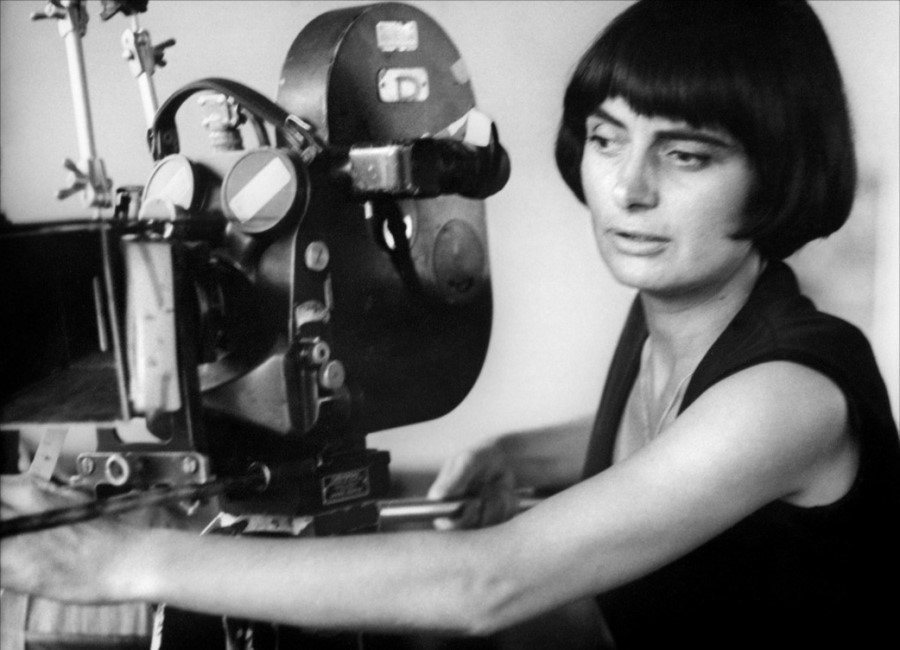We take look at the signature style of legendary French director, writer and artist Agnès Varda
When, earlier this summer, The Cannes Film Festival honoured French director, writer and artist Agnès Varda, it marked yet another celebration of the 87-year-old’s remarkable career. Last year LACMA dedicated a blockbuster show to her – Agnès Varda in Californialand, taking place in the city that both inspired and took a starring role in her work. Film stills and photography were punctuated by quotes like “Poetry not Poverty”, “Hollywood isn’t a place, it’s a state of mind” and “Let’s just quit fucking and have the Cosmic Climax.” Visitors were invited to literally step inside Varda’s world by entering a hut made entirely from film rolls. The effect of this careful curation mimicked Varda’s films, presenting not only a story, but an entire world that called to be felt more than explained.
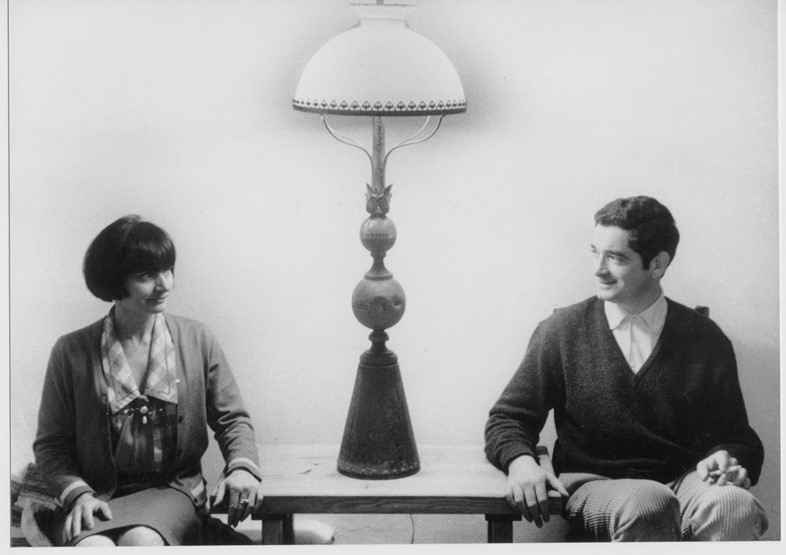
Producing documentaries, features and experimental abstract works that sat somewhere between the two – which she referrs to as "Daguerréotypes" – Varda not only portrayed the lives of counter culture icons, such as The Black Panthers (1968), but also captured something of the mood of a revolutionary time. Sitting outside of the mainstream, Varda eschewed the studio system. Having established herself as a filmmaker – producing four films in France, including the acclaimed Cleo from 5 to 7 (1962) – she opted to continue making fiercely independent work when she went in Los Angeles in 1967 with her French filmmaker husband Jacques Demy.
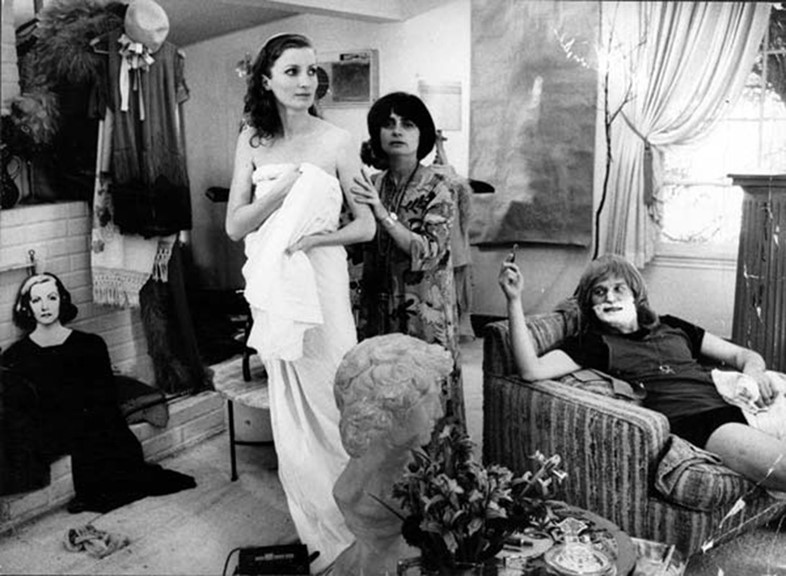
With divine timing, her arrival in California coincided with the massive cultural frictions of the era, as personal, political and sexual freedoms were being fought for on a mass scale. Identifying with the maligned and those on the fringes of society, Varda’s affinity lay with the youth fighting for civil rights and redefining traditional roles. Her 1969 film Lions Love (…and Lies) – which starred Warhol muse Viva and Hair musical writers Gerome Ragni and James Rado – tells the story of three young actors sharing a “conjugal life” in a Los Angeles mansion. In that same year, at a televised discussion with Newsweek editor Jack Kroll at the New York Film Festival, Kroll puts it to Varda that Lion’s Love and its three central characters were “grotesque”. “They have long hair and they live like free people, it doesn’t mean [they are grotesque]”, responded Varda, calm but clearly incensed. “They are not the majority and maybe that’s why it’s interesting to do a movie about them.”
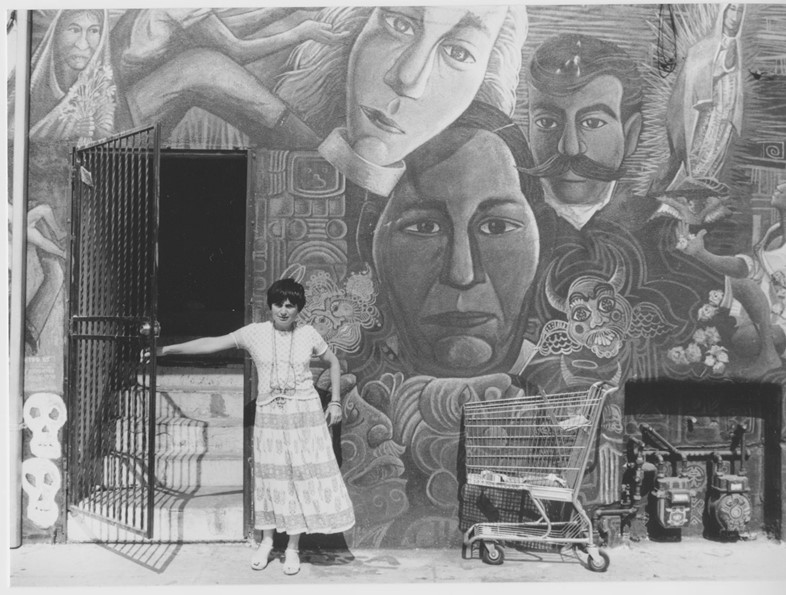
“Mamita Punk” is the name Varda’s grandson has affectionately bestowed on the artist whose personal style is just as contrarian as her outlook. Her signature two-tone bowl haircut is exactly that: “I was nineteen and I put a bowl on and I said, Cut around! Because it was not the fashion at the time when I did that hairdo – and I kept it all my life!” she has said. “At the time of Cléo I grew it a little more, and when Jacques died I grew a bit here. [She pulls out a strand.] I made a braid because Chinese old people, they say that the God will take you by the hair to join you with – but God didn’t take me, so I cut the braid. Now it’s the same hairdo but it has two colors – come on! It’s different! It’s like an ice cream of chocolate and vanilla!”
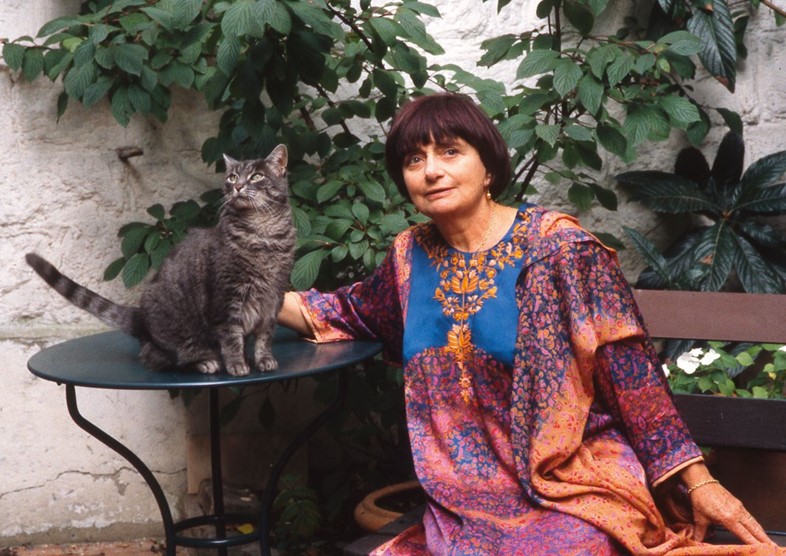
Beyond the timeless appeal of a "grand-mère terrible" challenging conventions and championing the plight of the marginalised, there is something – in summer 2015 – very of-the-moment about Varda’s stance. As tolerance for the yearly call to get "bikini-ready" diminishes – and patience for such formulaic editorial explaining how to achieve it is thinned by the groundswell of feminism’s fourth wave – the perfectly punk, contrary solution would be to ignore it all and throw on a caftan – one of Varda’s favourite garmets. Opt for purple and pink to truly channel the artist. Varda has made these hues her own, transcending the ebbs and flows of fashion trends over the decades as she resolutely sticks to full-look plum, mulberry and rose.

The Cut’s beautifully deadpan “How to Get Your Body Caftan-Ready for Summer” continues to gain traction; “Throw out your razor, Throw out your bra….Release your inhibitions. Feel the rain on your skin,” it instructs. A similar sentiment lies at the core of Varda’s 1975 work Réponse de femmes (Women Reply). In a short that feels as urgent today as it ever did, women – young, old, mothers and the non-maternally inclined – demonstrate a depth and breadth to womanhood beyond the limited ways it was portrayed at that time. Those fatigued by women’s magazines’ prescription for getting summer ready may prefer to take a page from Agnès Varda’s feminist agenda than to tear out the preparation policies from a glossy mag’s summer editorial.
However, perhaps the truly radical “Mamita Punk” approach to personal style would be to not only tune out the majority of fashion media, but to take the further provocative step of choosing a look – as Varda chose her defining hairstyle – based on the very fact “it was not the fashion.”
